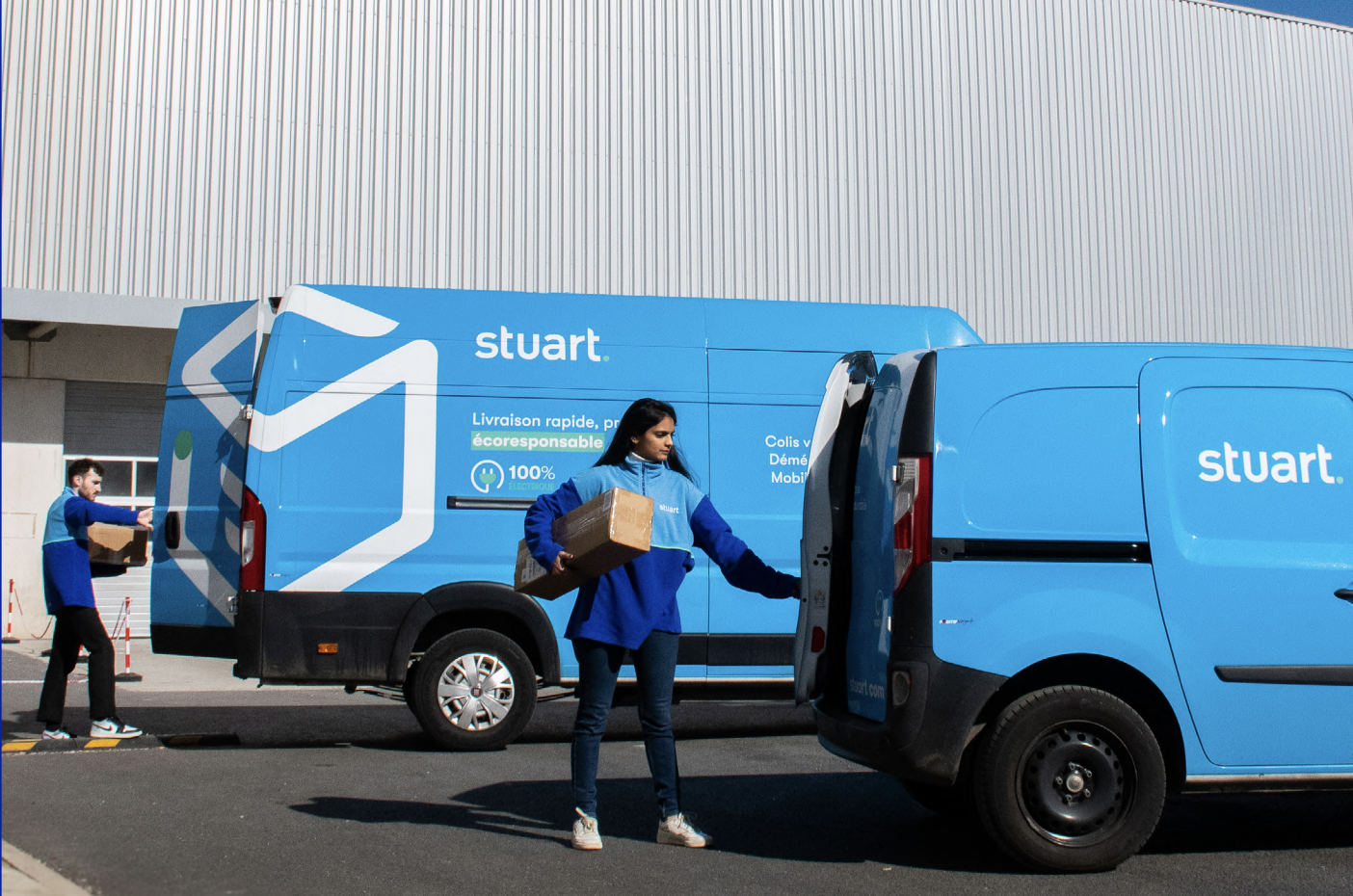Machine intelligence and speech and language recognition are two digital trends that are maturing fast at the moment. This maturity has been accelerated by the big data systems, which are able to process unprecedented volumes of data, enabling, in turn, the systems to learn and improve.
When assembled together, these technologies will transform the computer into a customer service android that is able to understand what the customer is asking for, process it and provide the customer with a response. These technologies are set to transform customer service, as we know it today.
Here are three job opportunities that the android will have in retail:
The customer will have a live chat with a call centre android
Online live chat is an invaluable tool for e-commerce sites today where it is important to provide the customer with assistance, particularly where the customer is presented with a complex buying decision.
Today, the more sophisticated live chat applications are able to analyse the customer’s shopping behaviour and understand when it feels like the customer is getting stuck then pop-up a live chat window to assist. These live chat applications help increase conversion but are expensive to run because they require staff in a call centre to participate in the conversation with the customer.
Machine-learning technologies are able to listen to the question, understand the context and provide the customer with a reply. Now that the technology has reached a level of maturity, we are only a couple of years away from seeing this technology start to reduce the number of call centre staff required.
When integrated into a call centre’s telephony system, these androids will also be capable of understanding the customer’s spoken word and have a meaningful conversation with the customer.
The family assistant will help you build your shopping list
Microsoft’s Xbox gaming platform was the first voice recognition technology to enter the family living room. It could listen in on commands from the user and then action requests from its master. This voice and command-type technology next embedded itself into smartphones for use as a personal assistant like Apple’s Siri.
The next logical application was the house. The Amazon Echo, recently launched in parts of the US, is an appliance that you place in your home and it listens in on the conversations. When it hears its name it listens and then does as its master asks. For example, it might play a song, look up the answer to a question, forecast the weather or let the customer add an item to the shopping cart. The add to shopping cart is so frictionless that it becomes so easy just to shop with Amazon.
Amazon is not the only company launching living room androids. Later this year the Jibo family robot is launched. This device will behave like the Amazon Echo but without the tie in to Amazon.
The robot will assist the customer in store
Robotics is another technology that has matured fast recently; when coupled with voice and language recognition plus machine intelligence, robots become very life-like.
US hardware retailer Lowe has introduced a robot that patrols the aisles of the hardware store and asks customers whether it can help. Customers can ask questions and the robot tries to respond.
The Aloft hotel in California has a robot butler which is providing room service. It is so smart that it can navigate the hotel and operate the elevator.
The most impressive trial however is the Pepper robot that is working in a Japanese mobile phone shop called Softbank. These cute 4ft-high robots patrol the shop floor and have conversations with customers – they can even read the facial expression of the customer and adapt their behaviour accordingly.
As retailers continue to compete hard on price whilst desperately trying to preserve a level of customer service expect these smart robots to become commonplace in the store.
Conclusion
While the technology has not yet become an everyday retail reality, it seems there are plenty of future opportunities for it to become widely used.
The key will be how fast the technology develops. When it reaches a level of maturity that makes the android as competent as a human, the retailer’s human workforce will have a new peer.
Craig Smith runs the website retail-innovation.com and is a director at REPL Digital, a leading supplier in omnichannel and in-store innovation.
REPL Digital will be exhibiting at Internet Retailing Expo 2015. For more information about the event and to register for free admission, visit the IRX 2015 website.
Craig Smith is organising a London meet-up on the subject of digital innovation in store. Retailers and suppliers are welcome to attend. For more information contact Craig @craigwsmith









